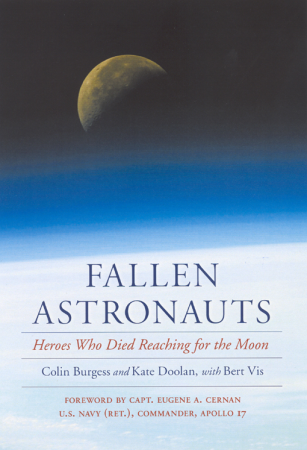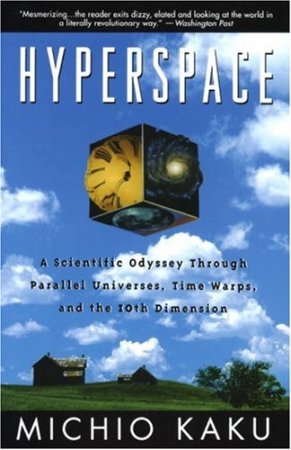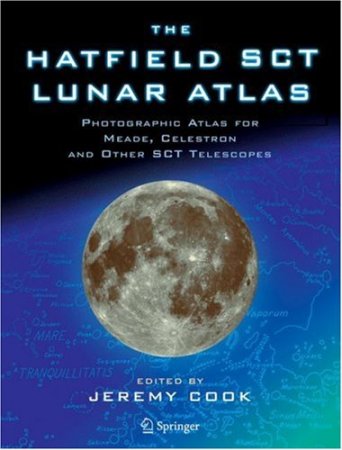НавигацияАрхив новостейСтатистика |
Fallen Astronauts: Heroes Who Died Reaching for the MoonEight of America's early astronauts, selected to participate in the Mercury, Gemini and Apollo programs, died while employed by NASA. Three of the eight-Roger Chaffee, Gus Grissom and Ed White-are fairly well known, having died in a gruesome fire during a training exercise in the Apollo 1 command module on January 27, 1967. The other five are far less familiar. Four perished in jet crashes (Ted Freeman, Elliot See, Charlie Bassett and C.C. Williams) while one (Ed Givens) died in a car crash. Unfortunately, Burgess (Teacher in Space) and Doolan (coauthor, Mission to Planet Earth) tell their stories in turgid and repetitive prose, failing to dig beneath the surface and thus providing remarkably little insight into the men, their time or the agency for which they worked. Unlike virtually every other book dealing with the personalities of the astronauts, this one leads us to believe that all were single-minded saints, with no human foibles. Rounding out the book is a chapter written by Vis, a Dutch space analyst, detailing the lives and deaths of the eight Soviet cosmonauts who died between 1961 and 1971. This chapter is even weaker than the rest; little meaningful information is presented and there are factual conflicts with the American chapters. While the untimely deaths of good, talented men evoke pathos, these abbreviated biographies do not deepen understanding of them. Water on Mars and LifeGrowing evidence, based on observations from orbiters, landers and telescopes, indicates that Mars may still have numerous hidden water reservoirs. Moreover, from the point of view of habitability, Mars is a prime target for astrobiologists in search of extant or extinct microbial life because we know that life exists in earth's permafrost regions, such as parts of Siberia and the Antarctic, which are the closest terrestrial analogues to Mars. Water on Mars and Life surveys recent advances made in research into water on Mars together with its astrobiological implications. This volume addresses not only scientists working in the field but also nonspecialists and students in search of a high-level but accessible introduction to this exciting field of research. Space Weather & TelecommunicationsThis book is both a survey of practical concepts for forecasting the performance of various telecommunication systems as well as a balanced treatment of space-weather phenomena that give rise to telecommunication impairment episodes. It bridges the gap in the relationship that exists between the following two disciplines: space weather and telecommunication system performance. Space Weather: The Physics Behind a SloganThe various processes that connect the physics of the Sun with that of the Earth`s environment has become known as "Space Weather" during recent years, a slogan that has emerged in connection with many other expressions adapted from meteorology, such as solar wind, magnetic clouds or polar rain. This volume is intended as a first graduate-level textbook-style account on the physics of these solar-terrestrial relations and their impact on our natural and technological environment. Hyperspace: A Scientific Odyssey Through Parallel Universes, Time Warps, and the 10th DimensionHow many dimensions do you live in? Three? Maybe that's all your commonsense sense perception perceives, but there is growing and compelling evidence to suggest that we actually live in a universe of ten real dimensions. Kaku has written an extraordinarily lucid and thought-provoking exploration of the theoretical and empirical bases of a ten-dimensional universe and even goes so far as to discuss possible practical implications - such as being able to escape the collapse of the universe. Deep Space Probes: To the Outer Solar System and BeyondThe Space Age is nearly 50 years old but exploration of the outer planets and beyond has only just begun. Deep-Space Probes Second Edition draws on the latest research to explain why we should explore beyond the edge of the Solar System and how we can build highly sophisticated robot spacecraft to make the journey. Many technical problems remain to be solved, among them propulsion systems to permit far higher velocities, and technologies to build vehicles a fraction of the size of today's spacecraft. The Moon and How to Observe ItThis revolutionary new book is written for practical amateur astronomers who not only want to observe, but want to know the details of exactly what they are looking at. The Moon is the most commonly observed of all astronomical objects. This is the first book to deal equally with the Moon itself - its formation, geology, and history - as well as the practical aspects of observation. The concept of the book - and of the series - is to present an up-to-date detailed description of the Moon, including its origins, history, and geology (part one); and then (part two) to consider how best to observe and record it successfully using commercially-available equipment. The Moon and How to Observe It is a mine of information for all levels of amateur observers, from the beginner to the experienced. Einstein's Enigma or Black Holes in My Bubble BathEinstein's Enigma or Black Holes in My Bubble Bath is a humourous and informal rendition of the story of gravitation theory from the early historic origins to the latest developments in astrophysics, focusing on Albert Einstein's theory of general relativity and black-hole physics. Through engaging conversations and napkin-scribbled diagrams come tumbling the rudiments of relativity, spacetime and much of modern physics, narrated with high didactic and literary talent, and each embedded in casual lessons given by a worldly astrophysicist to his friend. Join the intellectual fun and exalt in the frothy ideas while vicariously taking relaxing baths in this magical bathtub. The Hatfield SCT Lunar Atlas: Photographic Atlas for Meade, Celestron and other SCT TelescopesSCT and Maksutov telescopes - which of course includes the best-selling models from Meade, Celestron, and other important manufacturers - reverse the visual image left for right. It is extremely difficult to identify lunar features at the eyepiece of one of these instruments using a conventional atlas. The human brain just doesn’t cope well with trying to compare the real thing with a map that is a mirror-image of it. This new SCT version of Hatfield’s famous lunar atlas solves the problem. Photographs and key maps in The Hatfield SCT Lunar Atlas are mirror-images, to show the Moon exactly as it appears through the eyepiece of an SCT or Maksutov telescope. Identification of lunar features is made quick and easy. The Moon’s surface is shown for various sun angles, and there are inset keys that show the effects of optical libration - all mirror-imaged for SCT users. Smaller IAU-standard reference images are included, to make it simple to compare the mirrored SCT photographs and maps with those that appear in other atlases. This edition still uses the superb original photographs taken by Commander Henry Hatfield using his 12-inch reflector. The key maps, on which lunar features can be readily identified, have been reversed and updated, but retain the style and clarity that made the original justly famous. Methods of Celestial Mechanics: Volumes I & IIG. Beutler's Methods of Celestial Mechanics is a coherent textbook for students as well as an excellent reference for practitioners. The first volume gives a thorough treatment of celestial mechanics and presents all the necessary mathematical details that a professional would need. The reader will appreciate the well-written chapters on numerical solution techniques for ordinary differential equations, as well as that on orbit determination. In the second volume applications to the rotation of earth and moon, to artificial earth satellites and to the planetary system are presented. The author addresses all aspects that are of importance in high-tech applications, such as the detailed gravitational fields of all planets and the earth, the oblateness of the earth, the radiation pressure and the atmospheric drag. The concluding part of this monumental treatise explains and details state-of-the-art professional and thoroughly-tested software for celestial mechanics. |
ПопулярноеОпросОцените дизайн сайта
Немного рекламы |









